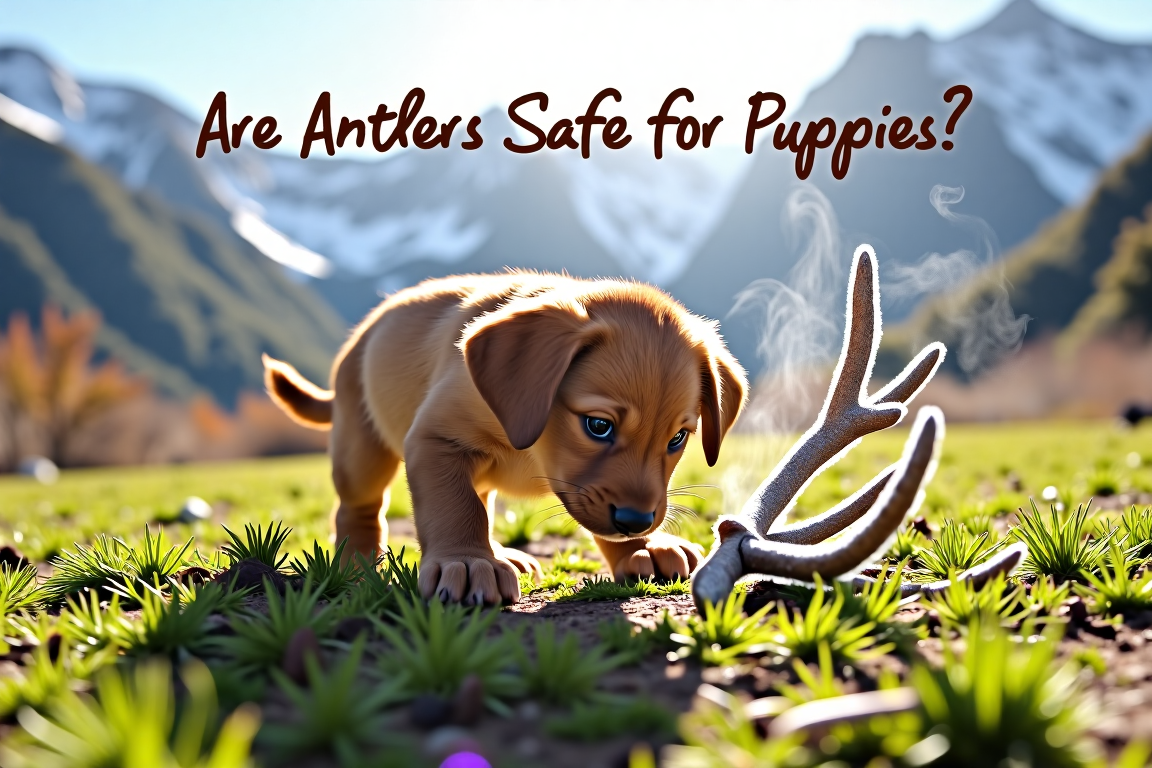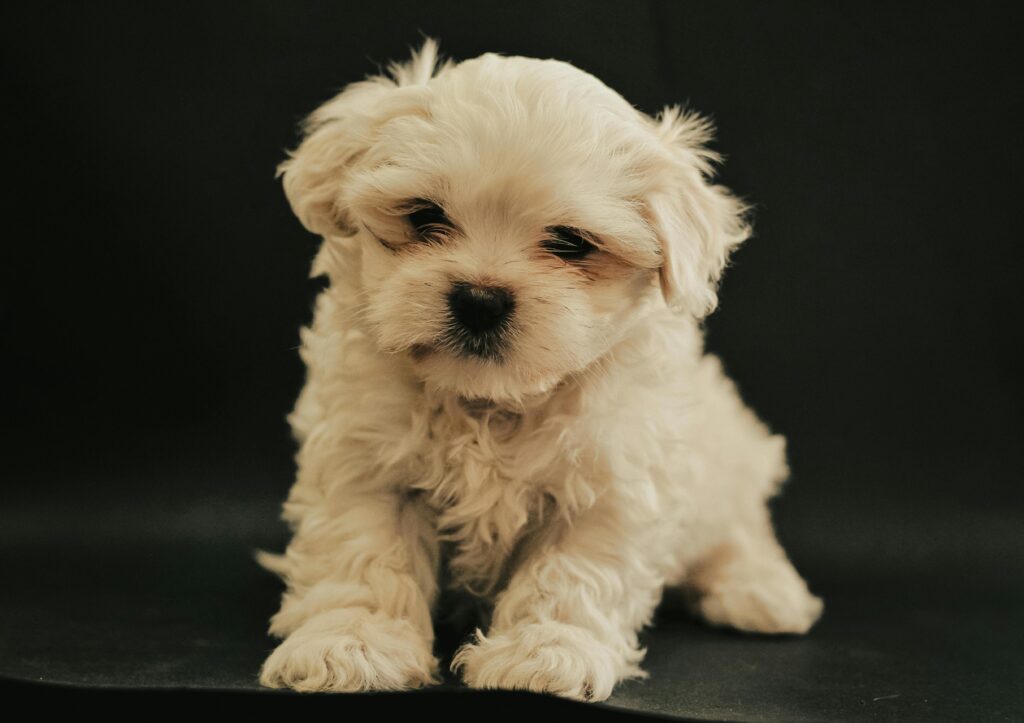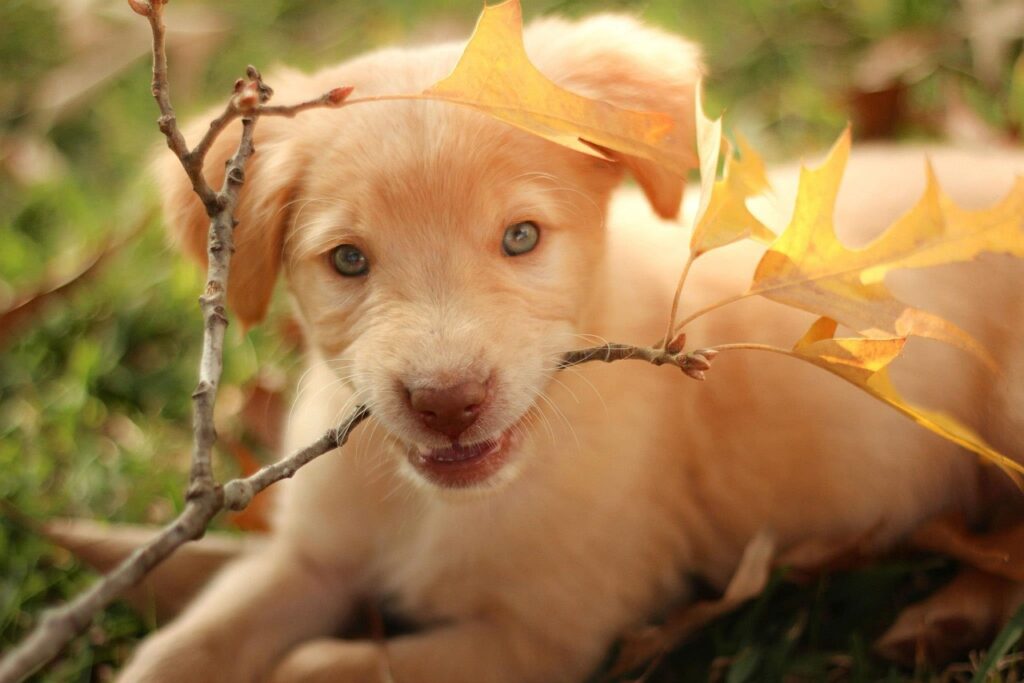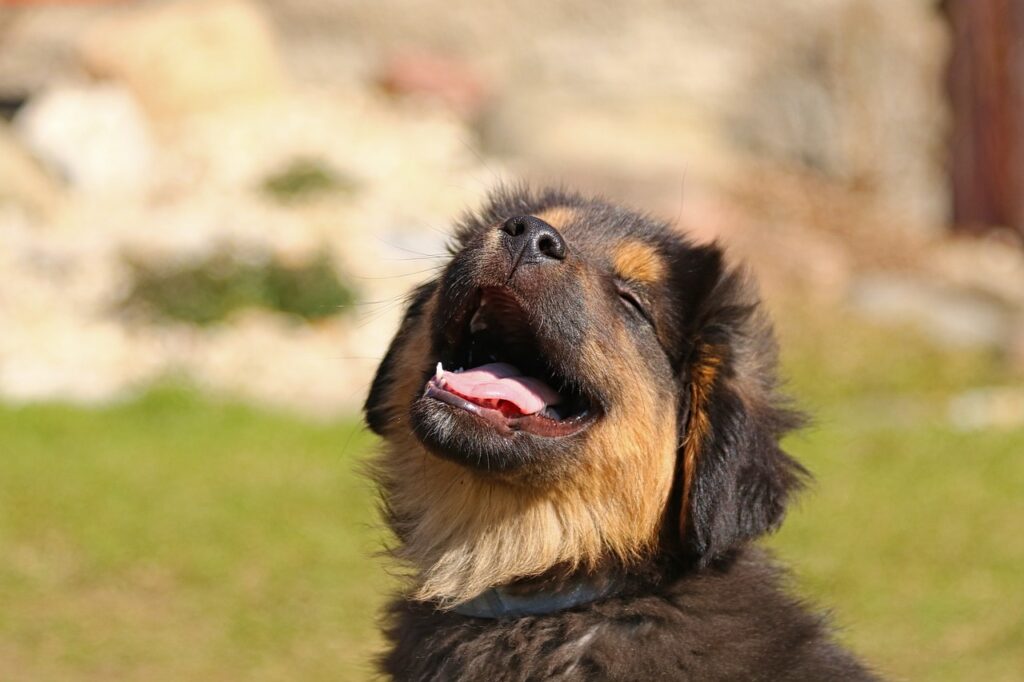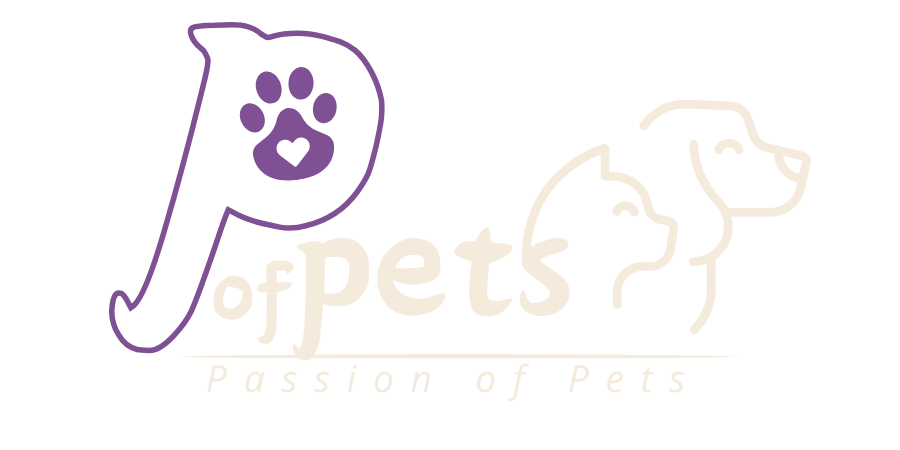Are Antlers Safe for Puppies? A Comprehensive Guide for Dog Owners
As a new puppy parent, you’re likely on the hunt for the perfect chew toy to keep your furry friend entertained and help with teething. Antlers have gained popularity as a long-lasting, natural chew option for dogs, but are they safe for puppies? In this blog, we’ll explore the pros and cons of antlers for puppies, potential risks, and safer alternatives to consider.
What Are Antlers?
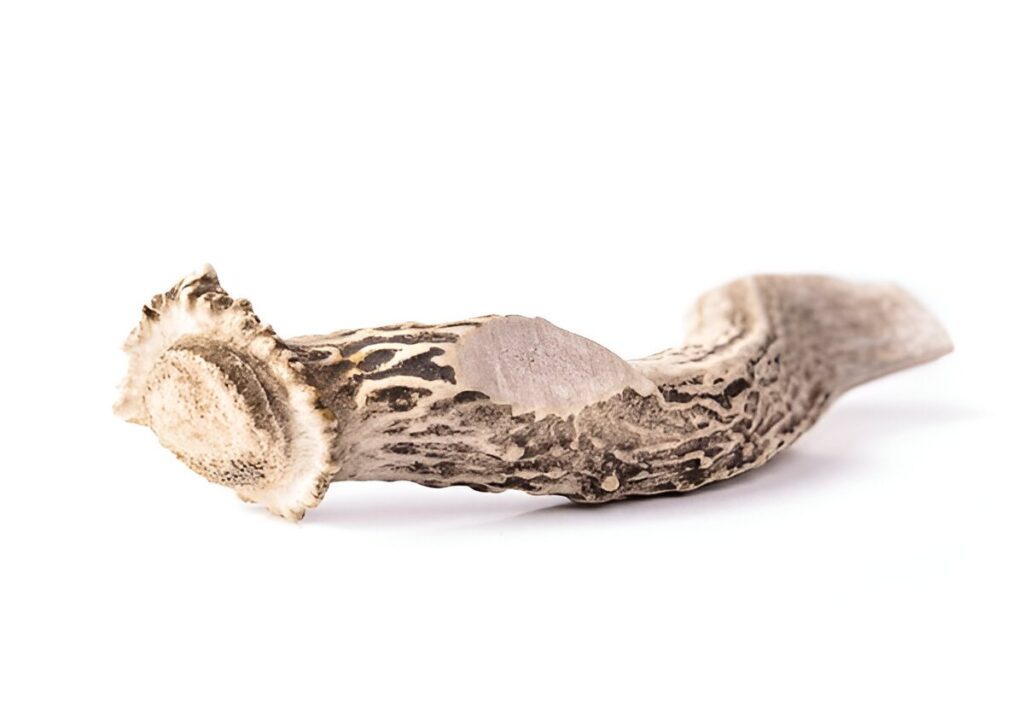
Antlers are bony structures that grow on the heads of male members of the deer family, known as cervids, which include species such as deer, elk, moose, and caribou. These structures are unique in that they are shed and regrown annually, a process driven by hormonal changes and seasonal cycles.
Antlers are made of bone and have a life cycle: they grow from a soft, velvety skin that covers the bone beneath, providing the nutrients necessary to develop. When fully grown, the velvet is shed to reveal a hard, polished bone.
More recently, antlers have been sold as a natural dog chew. They are often marketed as being very durable and long-lasting compared to traditional dog chews, such as bones or synthetic toys. Antlers have a couple of key selling points, one of which is that they do not splinter, which reduces the risk of sharp fragments that could harm a dog’s mouth, throat, or digestive tract.
Antlers are also mineral-rich, containing calcium and phosphorus, among others, which some believe can provide nutritional benefits for dogs.
On the down side, however, are some cons of antlers. Because they are so hard, this does pose some risks, particularly to puppies or heavy-chewing dogs. Indeed, dental risks in the form of cracked or broken teeth are likely if a dog chews too heavily on an antler, which could lead to a costly visit to the veterinarian. In addition, if a dog breaks off a big piece of the antler, this poses a potential choking hazard or even intestinal blockages.
These are a number of reasons why pet owners should very thoughtfully consider chewing and dental health in the dog before presenting antlers as a chew product. Supervise them to make sure the dog chews safely, and replace if they become small enough to swallow or develop sharp edges.
It is also recommended to consult with a veterinarian to identify whether antlers are appropriate for your dog, particularly for puppies, senior dogs, or dogs with previous dental conditions.
The Pros of Antlers for Dogs
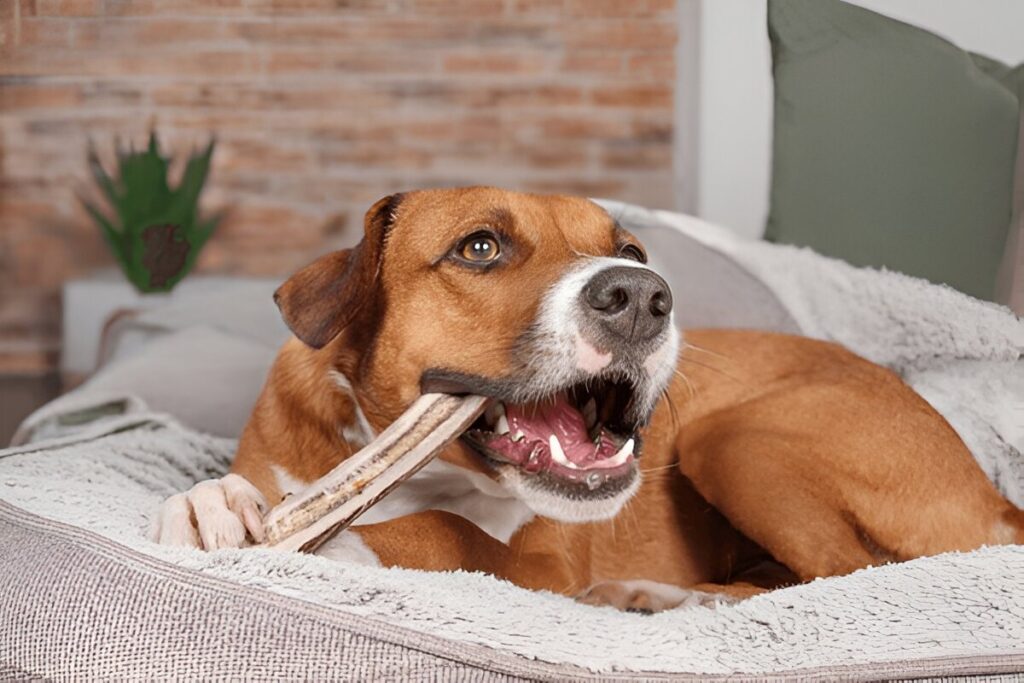
Antlers have become popular among dog owners due to a variety of reasons. Before discussing some of the potential drawbacks, it is important to understand the advantages that make antlers a popular choice for many pets and their owners:
- Long-Lasting Durability:
Antlers are very hard, hence good for aggressive chewers. Whereas many synthetic toys and softer chews may be ruined within minutes, antlers can survive weeks or even months, depending on the dog’s intensity of chewing. The durability will help in entertaining the dogs for quite a period of time and also assure value for money to the owner. - Natural and Nutrient-Rich:
Antlers are purely a natural product taken from the family of cervids, including deer, elk, and moose. They are made without additives, chemicals, or preservatives of any kind-a definite plus for those dog owners concerned with what goes into some commercial chews. They also have trace minerals, like calcium and phosphorus, which will help maintain healthy bones. While the nutritional value may be small, for many dog owners, this added value in a totally natural way is welcome. - Low-Mess and Convenient:
Unlike rawhide, bully sticks, or other chews that can leave behind sticky residue, crumbs, or unpleasant odors, antlers are a clean and low-mess option. They do not break down into small, messy pieces, making them ideal for indoor use. This also means less cleanup for pet owners and a more enjoyable chewing experience for dogs. - Splinter-Resistant:
Antlers are made from a unique tissue structure that resists splintering. Unlike bones, which can shatter into sharp fragments that can be dangerous to a dog’s mouth, throat, or digestive system, antlers tend to wear down gradually and smoothly. This makes them much safer for many dogs, especially those who tend to gulp or engage in aggressive chewing. - Odorless and Non-Staining:
Antlers are usually odorless, which is a great advantage to pet owners sensitive to pungent smells. Moreover, they don’t stain carpets or furniture; hence, they are practical for households that place a premium on cleanliness. - Environmentally Friendly:
Since antlers are a natural by-product of the way in which all cervids annually shed their antlers, this makes them an environmentally friendly choice. The use of antlers as dog chew toys helps in recycling a material that otherwise would be discarded in nature.
These benefits make antlers a popular option for many dog owners; however, this needs to be weighed against potential risks such as dental damage or choking hazards to make sure they are safe and suitable for your pet. Always supervise your dog during chewing sessions and consult with your veterinarian if you have any concerns.
The Cons of Antlers for Puppies
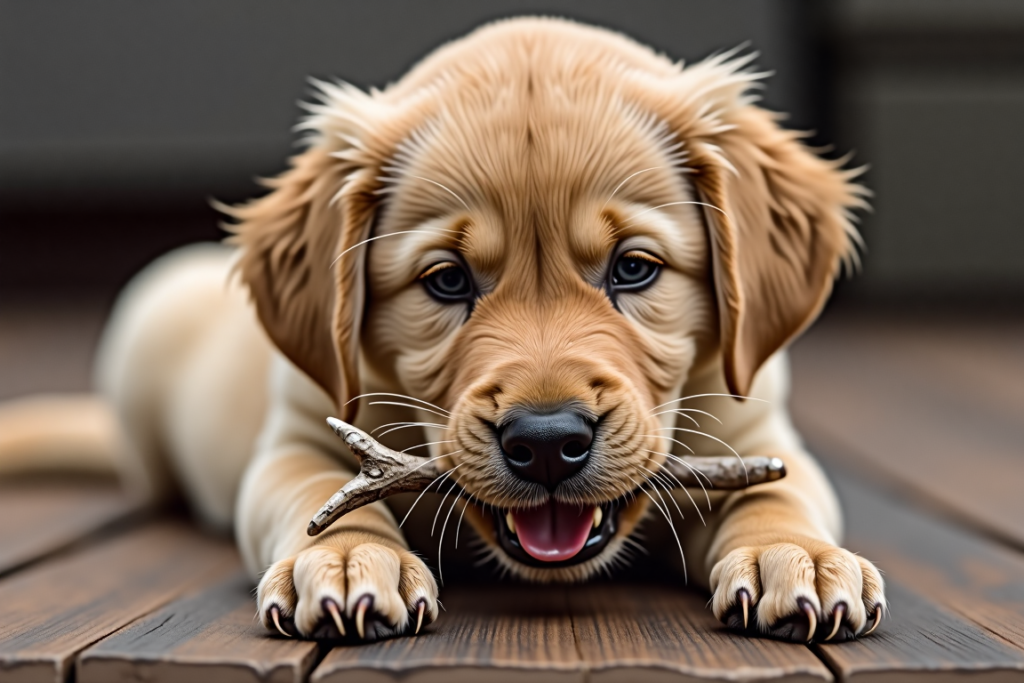
Antlers, while being marketed as natural and durable chew products for dogs, are not very good options for puppies. Puppies have special needs and vulnerabilities to which antlers may pose some level of danger. The discussion of risks associated with the use of antlers in puppies is developed below.
1. Dental Damage
- Soft, Developing Teeth: The teeth are softer and more fragile. The teeth remain in a stage of development into strong, functioning teeth. More damage may be imparted due to their relative frailty.
- Fractures: Antlers are very hard and most of the time even harder than bones or any other chew toy. The forces created while puppies chew on antlers can crack, chip, or break teeth. Fractured teeth can be painful and, if not treated, could result in infection or an abscess.
- Expensive Veterinary Care: In the case of damaged teeth, one may need a professional veterinarian for extraction or repair, which may be very costly and traumatic for the puppy and its owner.
2. Choking Hazard
- Splintering and Breaking into Sharp Fragments: Antlers tend to splinter or break down into small fragments, especially in aggressive chewing. The puppies, who still don’t know the proper ways of chewing, sometimes swallow such pieces.
- Choking Hazard: Small, broken-off pieces of antler can become lodged in a puppy’s throat and cause choking. This is a life-threatening emergency that requires immediate attention.
- Intestinal Blockages: In case a puppy ingests a piece of antler, it may not easily pass through the digestive tract. This can result in a blockage, a serious condition that might need surgery to resolve.
3. Nutritional Imbalance
- Chemical Additives: Some antler products are treated with chemicals, artificial flavors, or preservatives to enhance their appeal. These additives can be harmful to puppies, who have more sensitive digestive systems than adult dogs.
- Unwanted Calories: Antlers are not digestible and have no nutritional value. At this growth stage, puppies need a proper and nutritionally correct diet for development. Chewing antlers may divert them from having their regular meals, leading to nutritional deficiencies.
- Chance of Contamination: Poor-quality antlers may have their origins from sources that have not been well cleaned or sanitized; therefore, bacterial contamination may lead to harmful effects on the health of the puppy.
4. Too Hard for Teething Puppies
- Teething Pain: Puppies chew to soothe pain and discomfort caused by teething. The problem with antlers is that they are very hard, while to soothe teething pain, softer chews can be better. They can further irritate the discomfort by placing a very high pressure on the gums and emerging teeth.
- Ineffective for Teething Needs: What puppies really need are chews soft enough to comfort their gums while resisting destruction from light chewing. Made of rigid and inflexible material, antlers do not fit into either category and can actually discourage healthy chewing.
- Risk of Over-Chewing: Some puppies can get too attached to chewing antlers because of their hardness. This might result in over-chewing and may lead to excessive wear and tear on the teeth and gums, which can cause long-term dental problems.
5. Behavioral Issues
Aggressive Chewing Habits: Dogs provided with antlers might develop an aggressive habit of chewing because they are learning to put more force in such objects to break down. This pattern may extend into improper items, including furniture or shoes.
- Resource Guarding: Antlers are highly valuable to dogs due to their durability and flavor. Puppies can become possessive of their antlers, which might lead to resource-guarding behaviors that are often difficult to control.
6. Alternative Chew Options for Puppies
Due to the potential dangers of using antlers, the better choice would be safer, puppy-friendly chew alternatives. Some alternatives to consider include:
- Rubber Chew Toys: Soft on teeth and gums, these are the best toys for teething puppies.
- Soft Dental Chews: These are designed for puppies and are easier to digest, soothing sore gums.
- Frozen Washcloths: Simple and inexpensive, these can be frozen to provide soothing relief from teething pain.
- Edible Puppy Chews: Look for veterinary-recommended items that are digestively safe and naturally derived.
Safer Alternatives for Puppies
If you’re looking for a safer chew option for your puppy, consider these alternatives:
- Rubber Chew Toys: Durable rubber toys, like those from Kong, are gentle on teeth and can be filled with treats to keep your puppy engaged.
- Soft Rope Toys: These are great for teething puppies and can also help with dental hygiene by cleaning teeth as they chew.
- Puppy-Specific Chews: Look for chews specifically designed for puppies, which are softer and easier on developing teeth.
- Frozen Treats: Freeze a wet washcloth or a puppy-safe chew toy to provide soothing relief for sore gums.
Tips for Choosing Safe Chew Toys
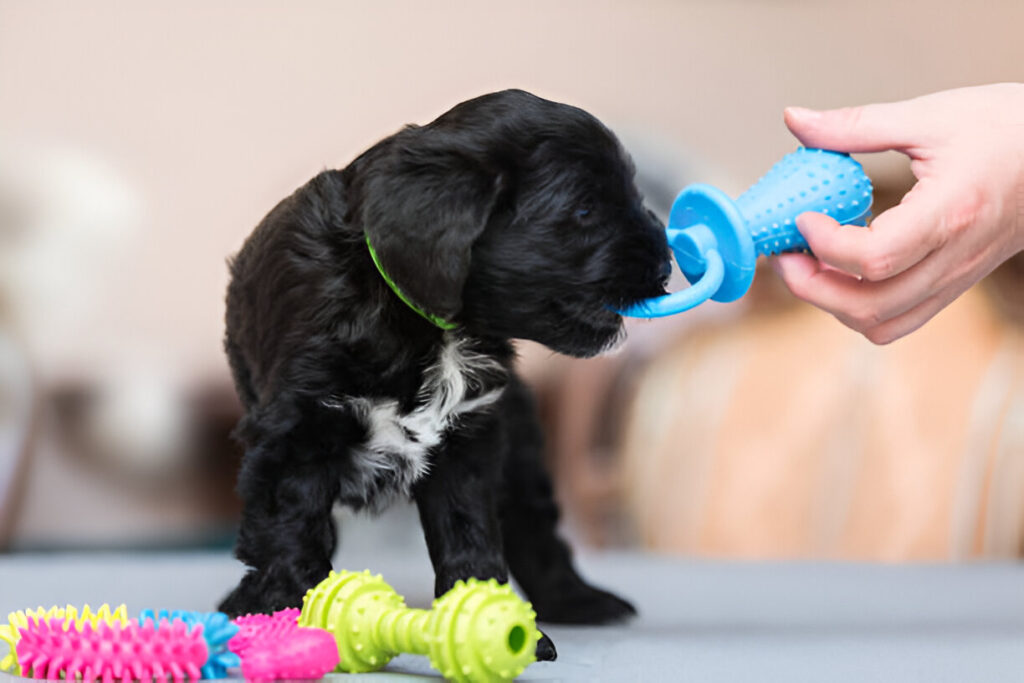
Picking up the correct chew toy is very important in order to guarantee your puppy’s safety, dental health, and general well-being. Since puppies are very curious and active, their natural chewing instinct sometimes leads to an accident or injury if the wrong toys are selected. Here are some expanded tips to help you make the best choice:
1. Size Matters
- Appropriate Fit: Select a chew toy appropriate for your puppy’s size. While a too-small-sized toy presents a choking hazard, as your puppy may easily swallow it, a too-big toy may be unwieldy for them to chew on.
Breed-Specific Considerations: Your breed of puppy in mind, together with how large it will eventually be. Whatever is suitable for a Chihuahua dog does not qualify a Labrador while it is a puppy.
No Small Detachable Parts: No small removable parts on this toy, things such as eyes and buttons might get chewed off and even swallowed.
2. Material Safety
- Nontoxic Material: Use only chew toys made from nontoxic material that is harmless to your pet. Avoid toys with toxic chemicals, dyes, or artificial flavorings that may irritate your puppy’s stomach or even lead to chronic ailments later in their life.
- Durability: The toy should be durable yet not extremely hard. Puppies require toys that can bear chewing but will not break into sharp pieces or damage the teeth.
- Softness for Teething: For teething puppies, softer materials are necessary to soothe sore gums. Often, rubber or silicone toys are a good choice.
3. Supervise Playtime
- Active Monitoring: Always supervise your puppy when they are chewing, especially with new toys. This will let you quickly intervene if the toy breaks or if your puppy starts chewing too aggressively.
- Teach Proper Chewing: At playtime, the puppy needs to learn what is acceptable to chew and what is not. If he starts chewing on furniture or anything else he shouldn’t be chewing, immediately redirect him to his toys.
- Limit Chewing Time: Puppies have short attention spans and can easily overdo it with chewing. Limit the time spent chewing to avoid overexertion or potential damage to teeth and gums.
4. Inspect Regularly
- Check for Damage: Regularly inspect your puppy’s chew toys for signs of wear and tear, such as cracks, tears, or loose pieces. Damaged toys can become choking hazards or cause injuries.
- Replace When Necessary: If a toy shows signs of damage, replace it immediately. Even durable toys have a lifespan and should not be used beyond their safe period.
- Clean Often: Keep chew toys clean by washing them regularly with warm, soapy water. This prevents the buildup of bacteria that could harm your puppy’s health.
5. Consult Your Vet
- Professional Advice: It is best to ask your veterinarian regarding chew toys that you are unsure of. They can tell you the type or brand that might be good, based on how old, large, and aggressive a chewer your puppy is.
- Health Considerations: If your puppy has dental problems, allergies, or digestive sensitivity, your vet can help you choose toys that won’t exacerbate these conditions.
- Behavioral Guidance: If your puppy has aggressive chewing habits or resource guards, your veterinarian or professional dog trainer can provide specific guidance on what he should chew on safely.
6. Consider Your Puppy’s Preferences
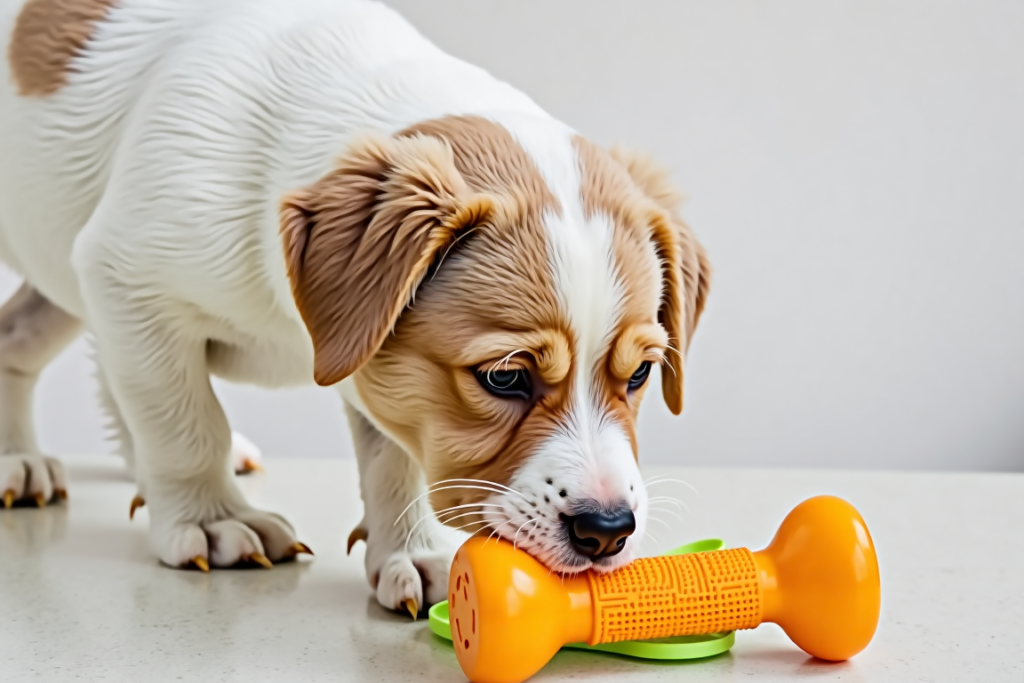
- Texture and Shape: Puppies all have a preference as far as chew toys are concerned. Whereas some go for fluffy, soft plush toys, others are quite happy to gnaw hard, textured ones. Try a few with your puppy.
- Distractingly Interactive Toys: Rewarding or containing hidden compartments, these toys have the ability to keep your puppy active and interested. They are perfect for a high-energy puppy.
- Variety: Rotate toys on a regular basis in order for your puppy not to get bored and as a result, they also do not develop unwanted chewing habits.
7. Avoid Common Hazards
- No Rawhide or Bones: Rawhide can splinter, as can cooked bones, and are a common cause of choking or intestinal blockages. Safer alternatives include rubber or nylon toys.
- No Household Items: Refrain from giving your puppy old shoes, socks, or any other household items to chew on. Doing so will only confuse a puppy on what is appropriate to chew.
- No Hard Objects: Too-hard toys like antlers or hard plastic are no good because they can hurt your puppy’s teeth.
Final Thoughts: Are Antlers Safe for Puppies?
While antlers may be a great option for adult canines to chew on, they are generally not recommended for puppies. The risks of dental damage, choking, and intestinal blockages outweigh the benefits, especially for young dogs with developing teeth and sensitive digestive systems. Alternatively, softer chew toys exist designed for puppies that are gentle on teeth and gums.
Remember, every puppy is unique, so it’s important to choose chew toys that suit your dog’s size, chewing habits, and developmental stage. When in doubt, consult your veterinarian for personalized advice.
Yuns Legdm is a passionate advocate for pet care and the founder of this website, dedicated to providing valuable information for fellow pet lovers and veterinary professionals worldwide. With a deep love for animals, Yuns created this platform to connect passionate pet owners with expert insights from veterinarians around the globe.
This website grows with you—the passionate pet owners and veterinary experts—creating a trusted space where knowledge, experience, and love for animals come together. Whether you’re seeking advice on pet health, nutrition, or general well-being, this platform is here to support you on your journey of responsible and loving pet care.

